“It was very important to me to center voices of color during our conversations about climate justice in the classroom.”
– @LesYounge of @WhittleSchool https://t.co/K242vV820z
— The Kojo Nnamdi Show (@kojoshow) February 18, 2020
Lesley Younge, a middle school teacher in D.C., was one of the featured guests on the Kojo Nnamdi Show segment Climate: Hope and Action. Younge had attended a workshop with A People’s Curriculum for the Earth co-editor Bill Bigelow and uses many of the lessons from the Zinn Education Project Teach Climate Justice campaign.
One of the other guests was high school student Nadia Nazar, who is co-executive director and art director of This Is Zero Hour.
The segment was the fifth and final installment of the Kojo Nnamdi Show’s climate change series. Here are some highlights from the transcript of the commentary by Younge and Nazar. The full show is available online.
KOJO NNAMDI How do you incorporate lessons about climate change into your day-to-day curriculum?
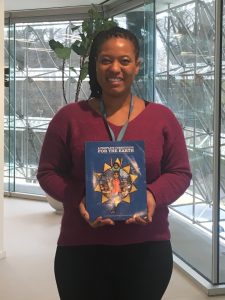
Lesley Younge with A People’s Curriculum for the Earth.
LESLEY YOUNGE I’m extremely excited this year to be at a school that features a curriculum where we aspire to be interdisciplinary, experiential and project-based. I’ve been really fortunate to have partnered with Teaching for Change and Rethinking Schools, and to have been exposed to the materials they provide from the Zinn Education Project, which have been a source of guidance for me, as I’ve sought to expand the amount that we teach about this, and to also find ways to make it engaging for young people.
I teach middle school. They have a low tolerance for anything that is not presented very, very well. And so, recently, just this December, we concluded our first project featuring climate change.
The STEM teacher, my colleague Scott [at Whittle School], was teaching about deep time and extinction level events, which have also become part of the conversation on climate change. I was teaching about early American history through an Indigenous perspective. We came up with the idea of teaching climate change through Indigenous perspectives as a project.
We were able to incorporate the materials from the Zinn Education Project, because they have a simulation of a conference that happened in 2009 with a coalition of Indigenous people meeting together to talk about how climate change was affecting them. They have just really awesome materials that got our students started on the research required to study issues that are affecting Indigenous people, and then to present those in a simulation of a model UN-style forum. And they got really into it.
NNAMDI For listeners who might not know, what is the Zinn Education Project?
YOUNGE The Zinn Education Project strives to provide teachers and students with materials that teach about American history through perspectives that aren’t often in textbooks. And so, you can visit their website. It’s fantastic, and you get all kinds of ideas for how to do many things differently.
NNAMDI How do you talk about the effects of climate change with kids without terrifying them?
YOUNGE We have to assure them that we have not tried everything yet. We haven’t done it all yet. We haven’t even begun. And I thought the Indigenous perspective unit had a great impact on me because I realized that these were not strategies that I grew up knowing anything about. . . We were exposed to individual activists in the Indigenous communities who are doing so much to protect the land and the water that’s in their care. And I learned so much about what we can do to support those activists. And so just reassuring them that there are so many people who are doing this work, and that there are so many ways that we can support them, in addition to doing all the things in our daily lives, has been a source of great inspiration to both me and to my students.
NNAMDI First off, can you explain the mission of Zero Hour?
NADIA NAZAR Yeah, so Zero Hour is a youth-led climate justice organization. And a lot of the work we do is to bring urgency to the climate crisis and not only that, but to get youth involved in the movement and for our generation to understand that this is a turning point in time, that we need to be taking action now. And we need to be holding our elected officials and holding corporations accountable. We also do a lot of education around climate justice, in teaching people how climate change disproportionately affects people all around the world.
NNAMDI What’s the meaning behind that name, Zero Hour?
NAZAR So, we really see the climate crisis like — we use the term climate anxiety a lot, and how we kind of — I kind of feel like there’s this looming cloud over my head like something inevitable is happening. And so this is zero hour, saying this is zero hour to act on climate change. We don’t have that much time left, but we do have a little sliver of hope left, and we need to be taking action now in order to solve the climate crisis.
NNAMDI You also serve as art director Zero Hour. Can you talk about the intersection of art and activism and why it matters to you?
NAZAR Yeah. I see art as a language that’s accessible to many, many people all around the world, regardless of language and so many other barriers that keep us separated. And visual art is so good at bringing awareness and in calling attention to different issues. So, using art can really help bring awareness to the climate crisis. And we’ve used it to enhance marches and events by making massive banners. For the September 20th strike, we made nine foot puppets of fossil fuel executives and there’s the Parachutes for The Planet Project. There’s lots of different artistic elements that we love to bring in to our actions in order to really get people engaged. And I think that’s it’s so important to do storytelling. And I think art is one of the best ways to do storytelling, because for the past few decades, part of the climate movement [has] only [been] talking about the data and the science and the facts.
NNAMDI You’re working on a campaign that launches today. Tell us about that.
NAZAR We are launching a campaign with the National Children’s Campaign called #Vote4OurFuture, where we’re asking young people to go out to register to vote and turnout for their primaries and for the general elections, and to vote for our future. And not only are we asking young people and we’re asking adults and older generations to go out and vote for our future generation’s future. And through that, we’re doing a lot of voter registration, education on the Green New Deal and really making sure that this election we get a massive youth voter turnout in order to achieve climate action for the next few years.
NNAMDI I should mention that Nadia is doing all of this work while also attending school each day. You are a high school senior. Is that correct?
NAZAR Yes.
NNAMDI Youth have been leading the climate movement. Why do you think young people are so infilled with this issue, in particular?
YOUNGE They are looking for the truth. Every year, when I get a new group of students, I am just so remarkably struck by how much they crave understanding our world and what’s really happening in it. And I think climate change, for them, feels very urgent. It feels like it matters. It feels like something they can touch and feel every single day. And then they learn that it touches everything that they love and care about, involves everything that they love and care about. I love what the young person just was referring to in terms of art and storytelling, and it being an awesome medium. I think, for every student, they feel like there is something for them to get involved in when it comes to talking about climate change and climate justice.
YOUNGE [In response to a discussion following a question about equity.] It is very important to me to center voices of color in our classroom when we were talking about climate justice, simply to address this perception that the only people who care about the environment are white, right. That’s not true. And also to highlight for my students who come from many, many different backgrounds that people who are Indigenous to their communities, people who are people of color, people who are underserved by their governments, by their communities, economically, are the ones who are suffering the most.
CALLER What’s being done to educate young people about the economics of all of this climate change and everything? Because, in the reality of the world, you know, businesses still have to exist. We still need energy. We still need development. And I think part of the problem and the pushback against a lot of climate change activists is that they mix agendas. I’ve even heard it on this station
NAZAR I think it’s also important that we look at how capitalism has been detrimental to the climate crisis, and how capitalism has really pushed profit over people. And now, we have to make sure going forward that we can put people and put the land and put animals in life on Earth before profit, and make sure that we aren’t falling back into corruptive, greedy systems and letting corporations and industries take over our government, like they’re doing right now. So, I think it’s important that young people voice their opinion on economics. And I think that’s very much interconnected into climate justice. And we need that voice.

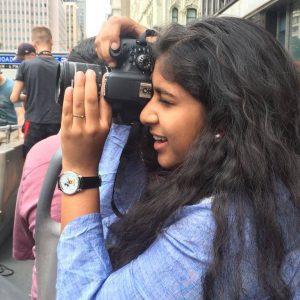
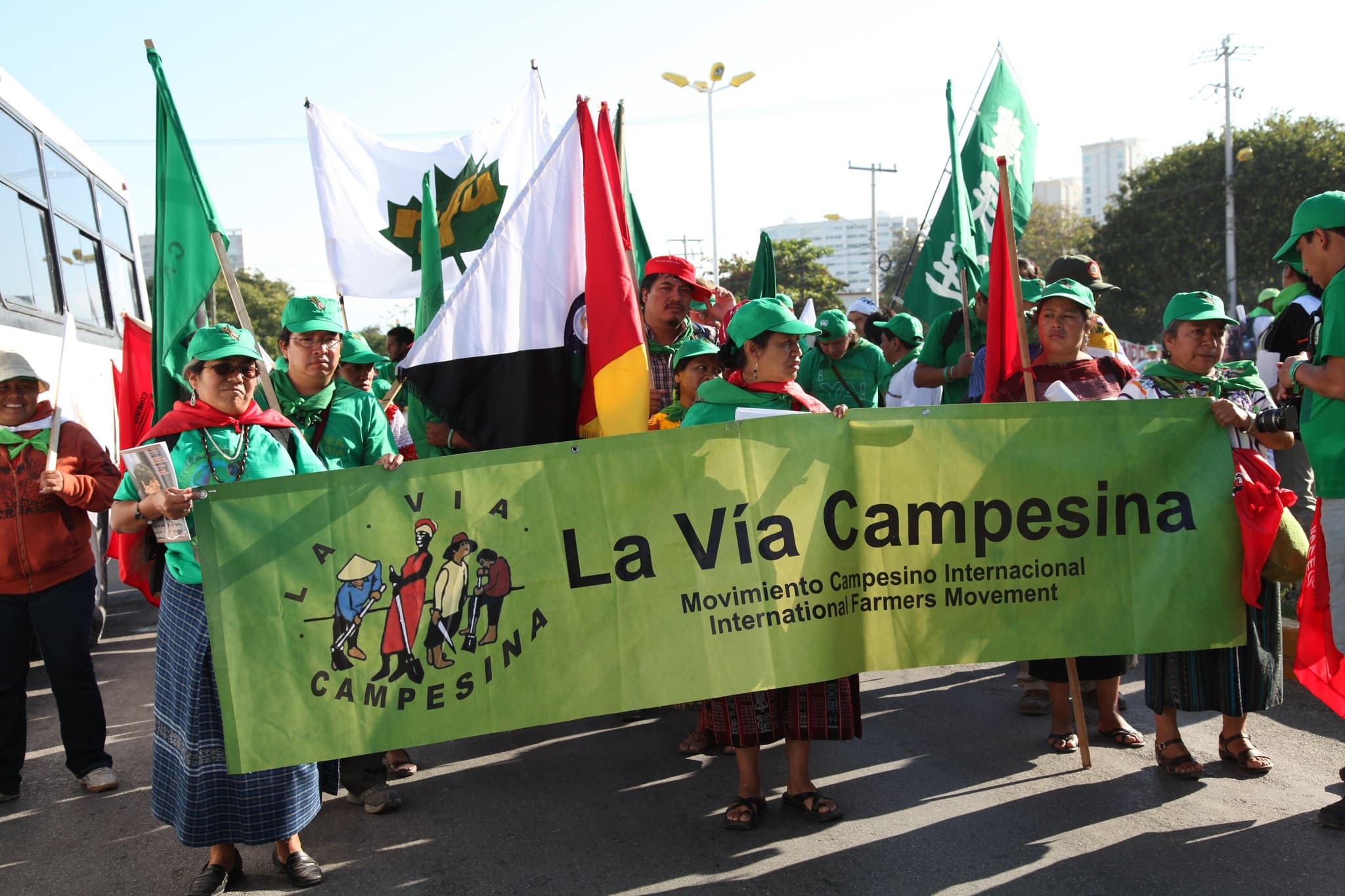
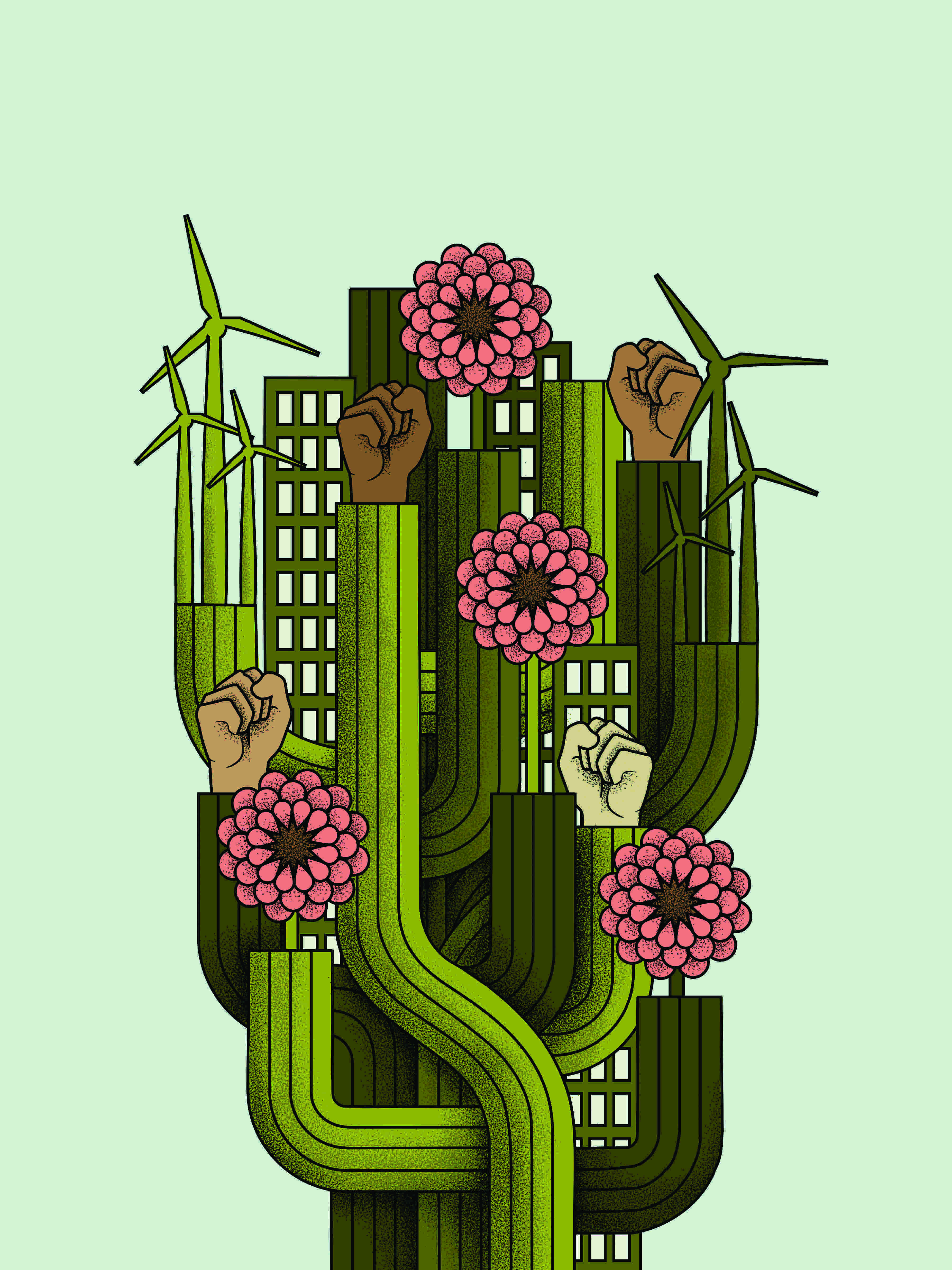
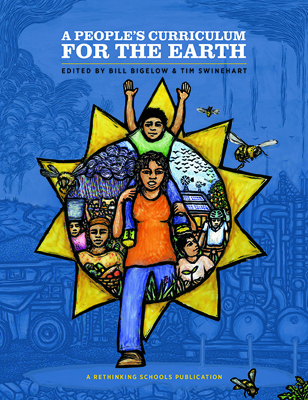





Twitter
Google plus
LinkedIn